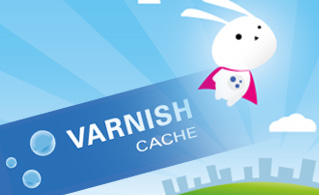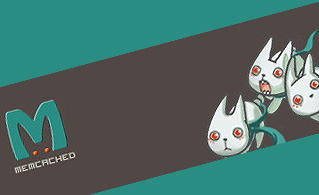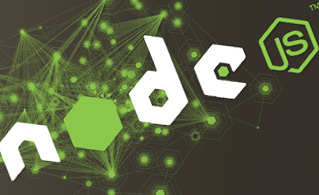
Varnish
Varnish Cache is a web application accelerator also famous as a caching HTTP reverse proxy. You can install it in front of any web server that speaks HTTP and configure it to cache the contents. Varnish Cache is very, very fast and will improve the speed of your web site. One of the major virtues of Varnish Cache is the flexibility of its principal configuration mechanism, VCL, which permits you to specify how incoming requests should be tackled.

Memcached
Memcached is a generic memory object caching system for speeding up dynamic database-powered web sites. It is used to decrease the number of times an external data source (such as a DB or API) is read by caching data and objects in RAM. The Memcached distributed memory object caching system uses a client'server architecture. The Memcached memory object caching system is used by some of the most regularly visited websites on the World Wide Web and is supported by popular web apps like Joomla and WordPress.

Node.js
Node.js is a software platform for writing scalable network apps. Built on Chrome's JavaScript runtime, Node.js uses an event-driven, asynchronous input/output model that makes it lightweight and effective, great for real-time content-heavy apps. Node.js uses Google's V8 JavaScript engine, libUV, and several in-built libraries.
InnoDB
InnoDB is the default database engine for the MySQL open-source RDBMS. A database engine is the principal software component that a DBMS uses to create, retrieve, update and delete data from a database. Its latest edition features substantial improvements in efficiency, stability and usability. InnoDB provides the standard ACID transaction properties, as well as declarative referential integrity support. It is included by default in most binary distributions from MySQL AB.



